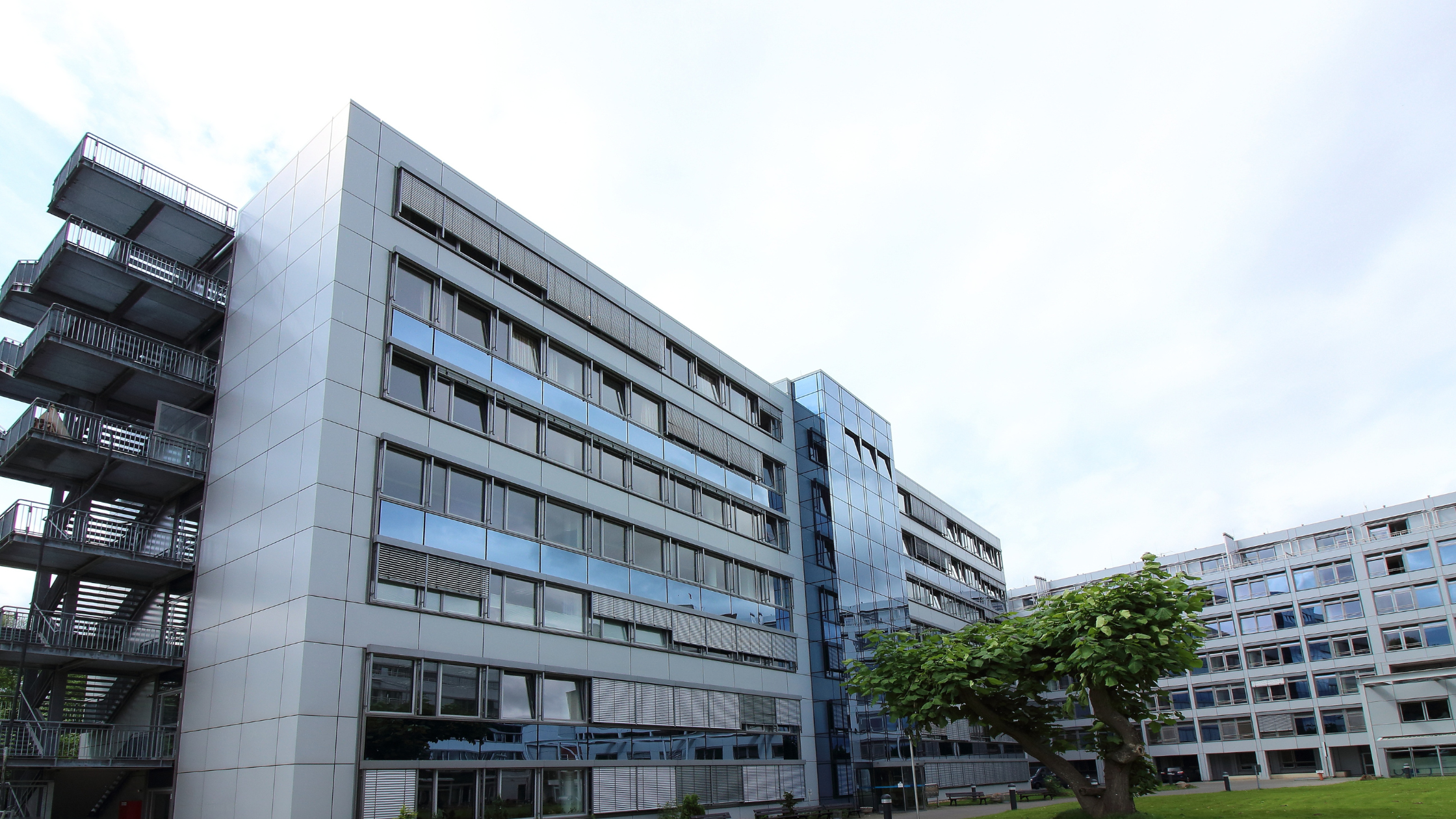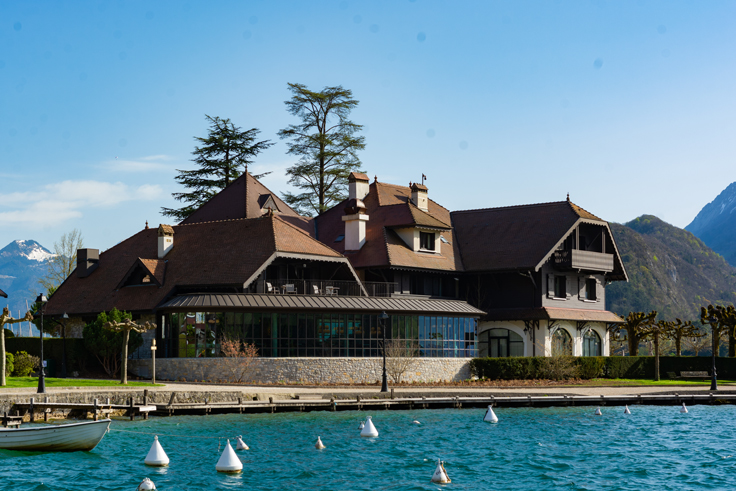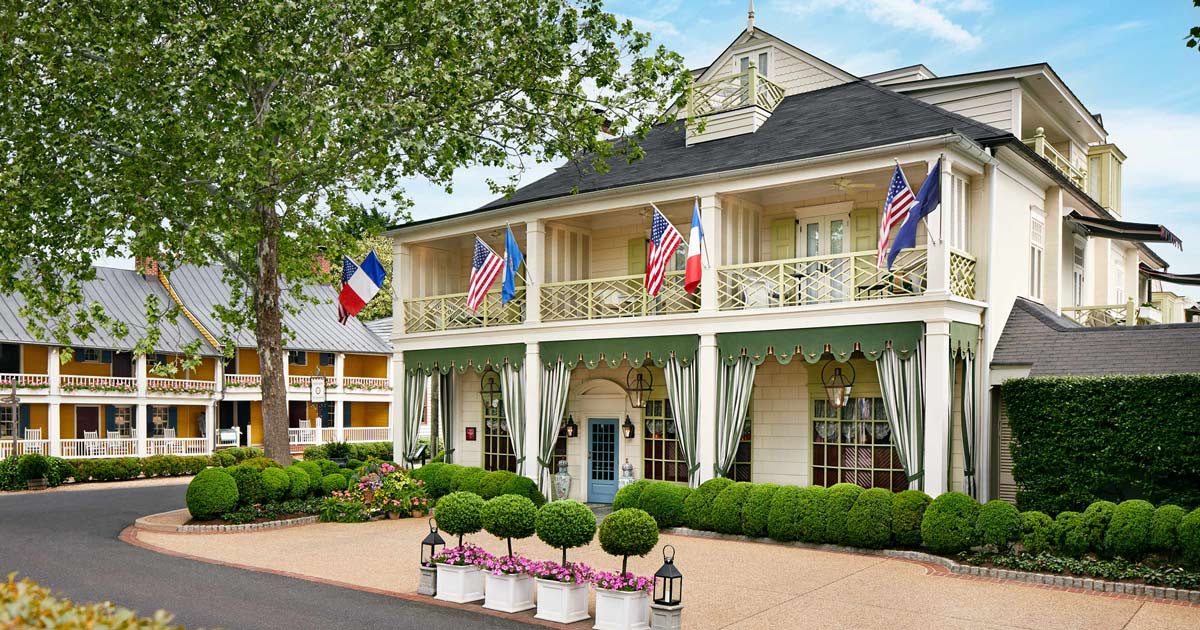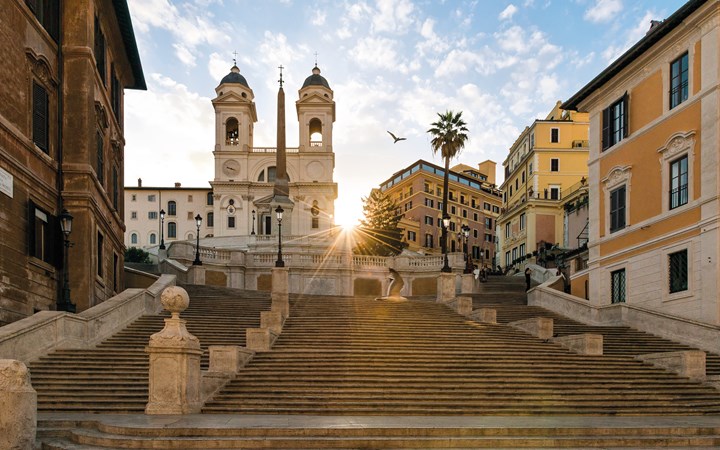5 Min Read
Exclusivity Is the New Infrastructure
There was a time when “infrastructure” meant airports, water rights, and energy grids. Today, in certain circles, it means something else entirely: the ability to deliver a finite, defensible, impossibly scarce experience.
Capital has caught up to this shift. The smartest capital—family offices with generational patience, sovereign funds with cultural agendas, and prestige buyers with legacy in mind—is pouring into ultra-luxury hospitality at a speed and scale the market has never seen. Not because of operational yield. Not because of brand licensing arbitrage. But because true exclusivity has become a form of control.
A 30-key hotel on a remote coastline with architectural significance and cultural gravity is no longer just a hospitality asset. It is infrastructure for a very specific tier of global society: the tier that wants to be where others can’t be. And that desire is both persistent and price-inelastic.
Unlike traditional infrastructure, these assets don’t serve everyone. They aren’t meant to. That is precisely the point.
To control access to these places—to own the key to the gate—is to command relevance in a world where noise is cheap and intimacy is rare. And that control, properly executed, translates into pricing power, brand gravity, and defensive moats that no amount of performance marketing can fake.
Consider Angama Mara in Kenya. Its location alone commands attention—perched on the edge of the Great Rift Valley with unobstructed views over the Maasai Mara. But its real strength is not its setting. It is the precision with which access is managed, expectations are shaped, and scarcity is protected. It is a hotel, yes, but it is also a statement—one that global capital now understands how to price.
There will be observers who say these valuations make no sense. They will point to NOI multiples and shrug. But that analysis is rooted in a different era. What they fail to understand is that certain properties are no longer being valued as hotels. They are being valued as levers of influence, visibility, permanence.
In a capital environment where excess is easy but discernment is scarce, these assets are becoming the new hard currency. And the buyers understand that they’re not just acquiring rooms—they’re acquiring terrain in the future.
If you’re still thinking about luxury hospitality in terms of rate, occupancy, and RevPAR, you’re already behind.
The new infrastructure is emotional, symbolic, and exquisitely finite. And the world is rushing to own it.




